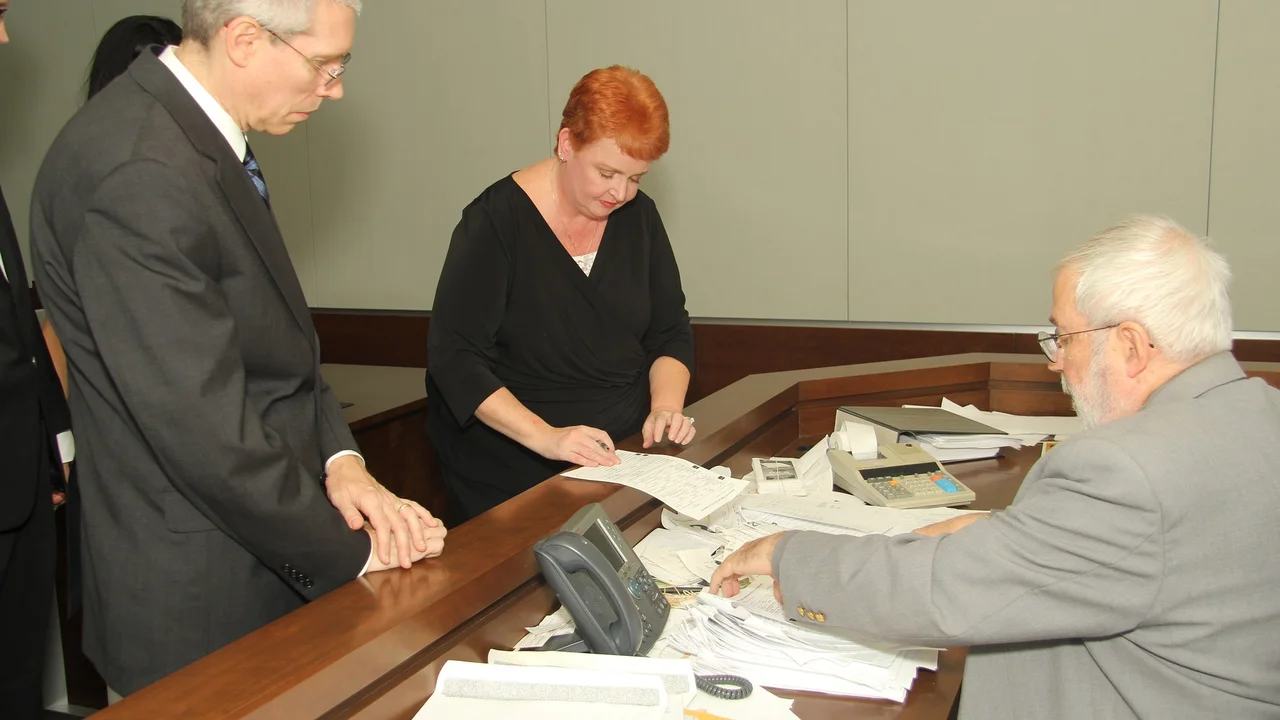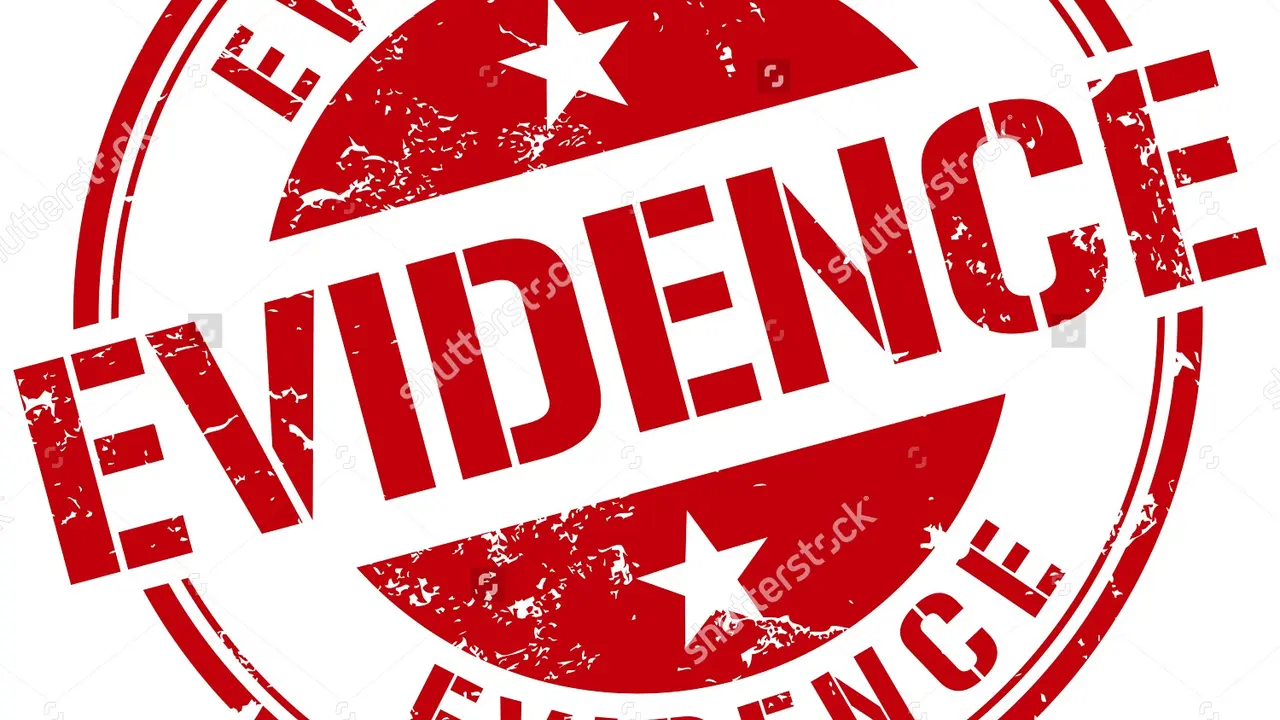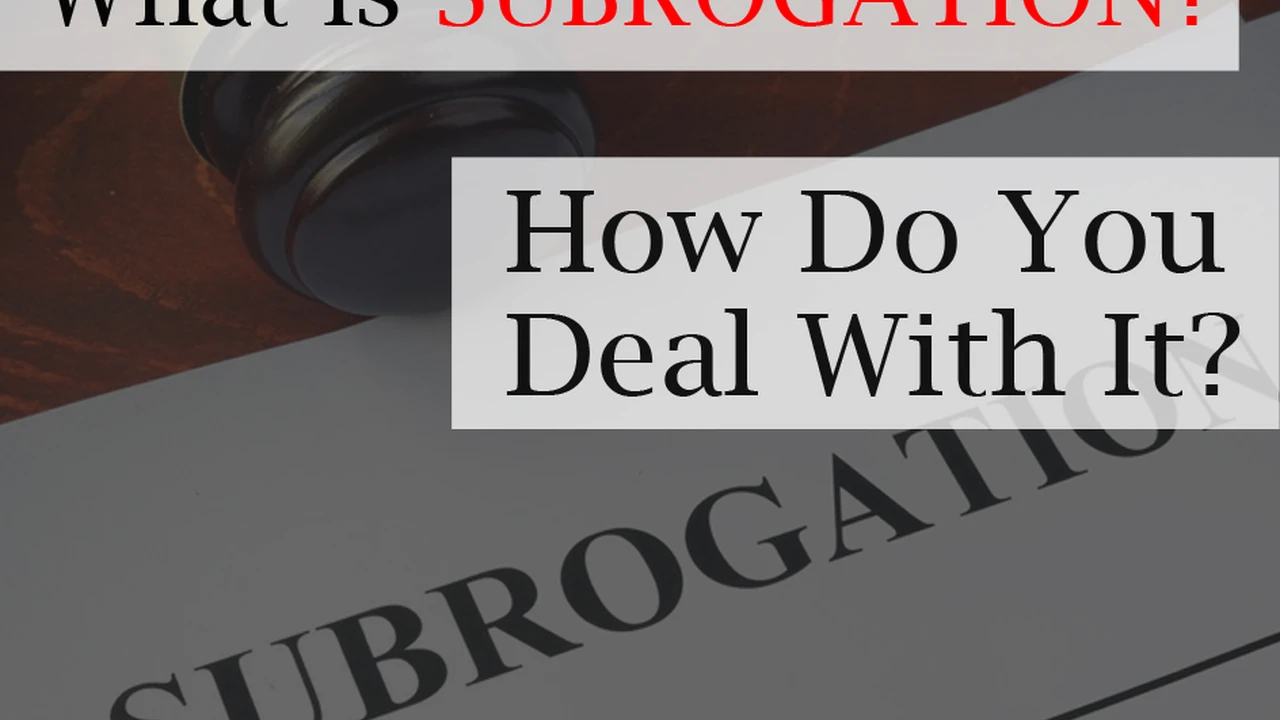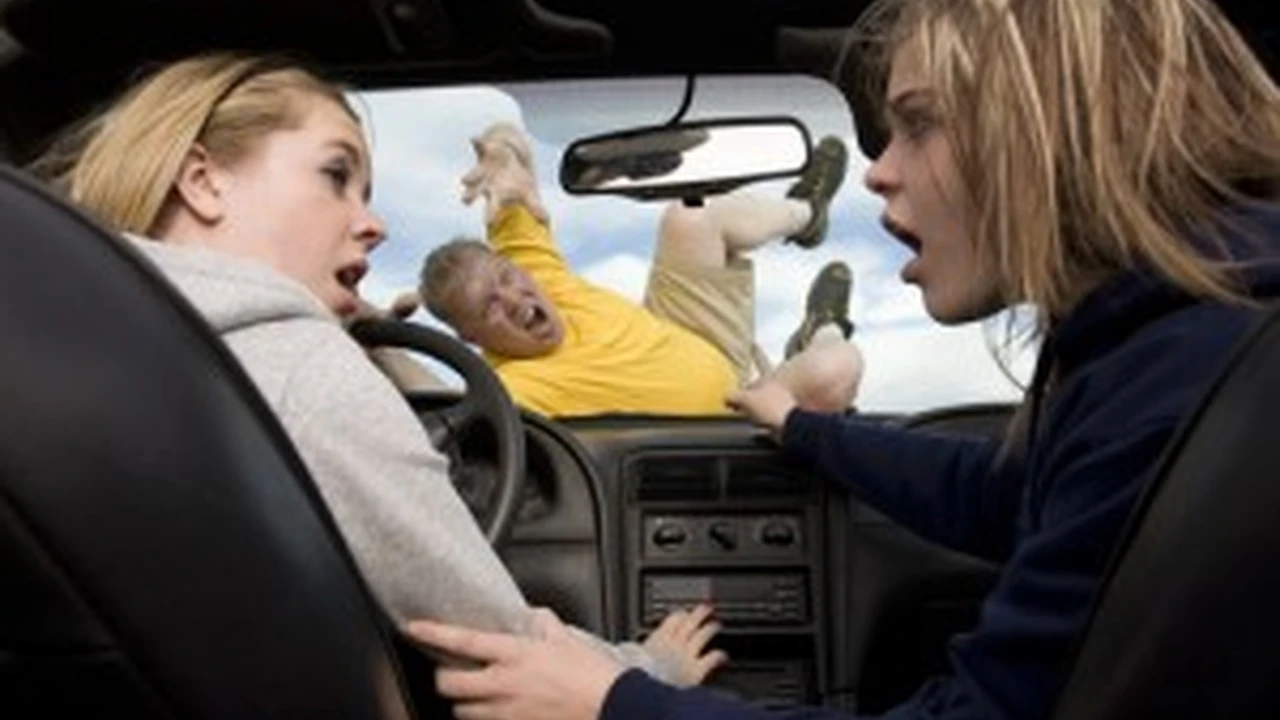Hiring a Lawyer: When to Seek Legal Help with Your Claim

What to Do Immediately After a Car Accident Insurance Claim Basics
Alright, so you've been in a car accident. Not fun, right? First things first, take a deep breath. Panicking won't help anyone. Make sure everyone involved is safe and, if necessary, call for medical assistance. Once that's handled, it's time to start gathering information. Exchange details with the other driver(s), including names, addresses, phone numbers, insurance information, and license plate numbers. If there are witnesses, get their contact information too. This is crucial stuff for your car insurance claim.
Next, document everything. Use your phone to take pictures of the damage to all vehicles involved, the accident scene, and any relevant road conditions or signage. The more evidence you have, the better. This visual documentation can be a lifesaver when you're dealing with the insurance company. Also, call the police and file a report, even if the accident seems minor. A police report provides an official record of the incident and can be essential for your claim.
Finally, notify your insurance company as soon as possible. Don't wait. Even if you think you weren't at fault, reporting the accident promptly is essential. Your insurance policy likely requires you to do so. Be honest and accurate when describing the accident, but stick to the facts. Don't admit fault or speculate about what might have happened. Just provide the information you have gathered. And remember, keep a record of all communication with your insurance company, including dates, times, and the names of the people you spoke with.
Understanding Your Car Insurance Policy Coverage Options Explained
Let's talk about your car insurance policy. It's probably buried in a drawer somewhere, gathering dust. Now's the time to dig it out and actually read it! Understanding your coverage is key to navigating the claims process. There are several types of coverage you might have, and they all work differently.
Liability coverage is what protects you if you're at fault in an accident. It covers the other driver's medical expenses and vehicle repairs. There are two types of liability coverage: bodily injury liability and property damage liability. The amounts listed on your policy are the maximum your insurance company will pay for each type of claim.
Collision coverage covers damage to your own vehicle, regardless of who was at fault. This is super helpful if you caused the accident or if the other driver was uninsured. You'll typically have a deductible, which is the amount you have to pay out of pocket before your insurance kicks in.
Comprehensive coverage covers damage to your vehicle from things other than collisions, such as theft, vandalism, fire, hail, or hitting an animal. Like collision coverage, it usually has a deductible.
Uninsured/Underinsured Motorist coverage protects you if you're hit by someone who doesn't have insurance or doesn't have enough insurance to cover your damages. This is a crucial coverage to have, as it can protect you from significant financial loss.
Personal Injury Protection (PIP) covers your medical expenses and lost wages, regardless of who was at fault in the accident. This coverage is required in some states and optional in others.
Take the time to review your policy and understand what coverage you have. If you have any questions, don't hesitate to call your insurance agent. They're there to help you understand your policy and answer your questions.
Filing a Car Insurance Claim Step-by-Step Guide
Okay, you've gathered information, reviewed your policy, and now it's time to actually file a claim. Here's a step-by-step guide to help you through the process:
- Contact your insurance company: You can usually file a claim online, over the phone, or through your insurance company's mobile app. Choose the method that's most convenient for you.
- Provide details about the accident: Be prepared to provide information about the date, time, and location of the accident, as well as the names and contact information of everyone involved. You'll also need to describe what happened and provide any supporting documentation, such as photos and police reports.
- Cooperate with the insurance adjuster: The insurance company will assign an adjuster to your claim. The adjuster will investigate the accident, assess the damages, and determine who was at fault. Be responsive and cooperative with the adjuster, but remember to stick to the facts and avoid admitting fault.
- Get an estimate for repairs: If your vehicle was damaged, you'll need to get an estimate for the cost of repairs. You can usually get an estimate from a repair shop of your choice, or your insurance company may have a preferred network of repair shops.
- Negotiate with the insurance company: Once you've submitted your estimate, the insurance company will review it and may make an offer to settle your claim. If you're not satisfied with the offer, you can negotiate with the insurance company to try to reach a fair settlement.
- Consider a diminished value claim: Even if your vehicle is repaired, it may still be worth less than it was before the accident. This is called diminished value. You may be able to file a diminished value claim to recover the difference in value.
- Document everything: Keep a record of all communication with the insurance company, including dates, times, and the names of the people you spoke with. Also, keep copies of all documents related to your claim, such as police reports, repair estimates, and settlement offers.
Dealing with the Insurance Adjuster Tips and Strategies
The insurance adjuster is the person who will be handling your claim. They work for the insurance company, so their primary goal is to save the company money. That doesn't mean they're necessarily out to get you, but it does mean you need to be careful when dealing with them.
Here are some tips for dealing with the insurance adjuster:
- Be polite and professional: Even if you're frustrated, it's important to remain polite and professional when dealing with the adjuster. Getting angry or aggressive will only make things worse.
- Stick to the facts: Don't speculate or exaggerate. Just provide the adjuster with the facts of the accident.
- Don't admit fault: Even if you think you were at fault, don't admit it to the adjuster. Let the insurance company investigate the accident and determine fault.
- Don't sign anything without reading it carefully: Before you sign any documents, read them carefully and make sure you understand what you're agreeing to. If you're not sure, ask the adjuster to explain it to you.
- Get everything in writing: If the adjuster makes any promises or agreements, get them in writing. This will protect you if the adjuster later tries to back out of the agreement.
- Know your rights: You have the right to negotiate with the insurance company and to seek legal advice if you're not satisfied with the settlement offer.
Understanding Fault and Liability in Car Accidents Insurance Implications
Determining fault in a car accident is crucial because it determines who is responsible for paying for the damages. In most states, the at-fault driver's insurance company will pay for the other driver's medical expenses and vehicle repairs.
There are several factors that can be used to determine fault in a car accident, including:
- Police reports: The police report will often indicate who the police believe was at fault in the accident.
- Witness statements: Witness statements can provide valuable information about what happened in the accident.
- Traffic laws: Violating a traffic law, such as running a red light or speeding, can be evidence of fault.
- Physical evidence: Skid marks, vehicle damage, and other physical evidence can help determine how the accident occurred and who was at fault.
Even if you think you were at fault in the accident, it's important to let the insurance company investigate the accident and determine fault. They may find that the other driver was also partially at fault, which could reduce your liability.
Negotiating a Car Insurance Settlement Getting a Fair Offer
Once the insurance company has investigated your claim, they will make an offer to settle it. This offer may be lower than what you think you're entitled to. Don't be afraid to negotiate with the insurance company to try to get a fair settlement.
Here are some tips for negotiating a car insurance settlement:
- Know the value of your claim: Before you start negotiating, you need to know the value of your claim. This includes the cost of your medical expenses, vehicle repairs, lost wages, and pain and suffering.
- Gather evidence to support your claim: The more evidence you have to support your claim, the better your chances of getting a fair settlement. This evidence can include medical records, repair estimates, pay stubs, and witness statements.
- Make a counteroffer: If you're not satisfied with the insurance company's initial offer, make a counteroffer. Be prepared to justify your counteroffer with evidence.
- Be patient: Negotiating a car insurance settlement can take time. Don't get discouraged if the insurance company doesn't immediately agree to your demands.
- Be willing to compromise: You may not get everything you want in the settlement, but be willing to compromise to reach an agreement.
Understanding Diminished Value Claims After a Car Accident
Even if your car is repaired after an accident, it might still be worth less than it was before. This is called diminished value. Diminished value is the difference between the car's value before the accident and its value after the repairs. You might be able to file a diminished value claim to recover this loss.
To file a diminished value claim, you'll need to prove that your car has lost value because of the accident. You can do this by getting an appraisal from a qualified appraiser. The appraiser will assess the car's condition and provide an estimate of its diminished value.
Not all states allow diminished value claims. Check your state's laws to see if you're eligible to file a claim.
When to Hire a Car Accident Lawyer Legal Assistance Explained
While many car accident claims can be handled without a lawyer, there are situations where hiring a lawyer is essential. Here are some signs that you should consider hiring a car accident lawyer:
- You were seriously injured: If you suffered serious injuries in the accident, you'll likely have significant medical expenses and lost wages. A lawyer can help you recover the full amount of your damages.
- The insurance company is denying your claim: If the insurance company is denying your claim, a lawyer can help you fight the denial.
- The insurance company is offering you a low settlement: If the insurance company is offering you a settlement that's lower than what you think you're entitled to, a lawyer can help you negotiate a fair settlement.
- The accident was complex: If the accident involved multiple vehicles or complex legal issues, a lawyer can help you navigate the legal process.
- You're not sure what to do: If you're feeling overwhelmed or confused about the claims process, a lawyer can provide you with guidance and support.
Common Car Insurance Claim Mistakes to Avoid Pitfalls and Errors
Filing a car insurance claim can be complicated, and it's easy to make mistakes. Here are some common mistakes to avoid:
- Failing to report the accident promptly: Report the accident to your insurance company as soon as possible. Waiting too long can jeopardize your claim.
- Admitting fault at the scene of the accident: Don't admit fault, even if you think you were at fault. Let the insurance company investigate the accident and determine fault.
- Providing inaccurate information: Be honest and accurate when providing information to the insurance company. Providing false information can jeopardize your claim.
- Signing documents without reading them carefully: Read all documents carefully before signing them. If you're not sure what you're agreeing to, ask the adjuster to explain it to you.
- Accepting the first settlement offer: Don't accept the first settlement offer without negotiating. You may be able to get a higher settlement.
Understanding the Car Insurance Appraisal Clause Resolving Disputes
Most car insurance policies have an appraisal clause. This clause allows you to resolve disputes with the insurance company over the amount of damages. If you and the insurance company can't agree on the amount of damages, you can each hire an appraiser. The two appraisers will then choose a neutral umpire. The appraisers will then present their estimates to the umpire, who will make a final decision. The umpire's decision is binding on both you and the insurance company.
The Role of Subrogation in Car Insurance Claims Explained
Subrogation is the process by which an insurance company recovers the money it paid out on a claim from the at-fault party. For example, if you're hit by a driver who ran a red light, your insurance company will pay for your damages. Your insurance company will then subrogate against the at-fault driver's insurance company to recover the money it paid out.
You're typically required to cooperate with your insurance company in the subrogation process. This may involve providing information about the accident or testifying in court.
Understanding Uninsured and Underinsured Motorist Coverage Protecting Yourself
Uninsured motorist coverage protects you if you're hit by a driver who doesn't have insurance. Underinsured motorist coverage protects you if you're hit by a driver who doesn't have enough insurance to cover your damages. These coverages are essential because they can protect you from significant financial loss if you're hit by an uninsured or underinsured driver.
The amount of uninsured and underinsured motorist coverage you should carry depends on your individual circumstances. Consider your assets and income when deciding how much coverage to buy.
Personal Injury Protection (PIP) Coverage What You Need to Know
Personal Injury Protection (PIP) coverage covers your medical expenses and lost wages, regardless of who was at fault in the accident. This coverage is required in some states and optional in others. PIP coverage can be a valuable asset because it can help you pay your medical bills and lost wages quickly, regardless of who was at fault in the accident.
Navigating Car Insurance Claims After a Hit-and-Run Accident
Hit-and-run accidents can be frustrating and stressful. If you're involved in a hit-and-run accident, it's important to take the following steps:
- Call the police: Report the accident to the police. They will investigate the accident and try to identify the at-fault driver.
- Gather evidence: Gather as much evidence as possible, such as photos of the damage to your vehicle, witness statements, and any information about the at-fault vehicle.
- Contact your insurance company: Notify your insurance company about the accident. They will investigate the accident and determine if you're eligible for coverage under your policy.
If you have uninsured motorist coverage, it can cover your damages in a hit-and-run accident. However, you may need to identify the at-fault driver to collect on your uninsured motorist coverage.
Understanding Total Loss Claims When Your Car is Beyond Repair
If your car is damaged beyond repair, the insurance company will declare it a total loss. When this happens, the insurance company will pay you the fair market value of your car before the accident. The fair market value is the price a willing buyer would pay for your car in its condition before the accident.
The insurance company will typically use a third-party service, such as NADA or Kelley Blue Book, to determine the fair market value of your car. You have the right to dispute the insurance company's valuation if you believe it's too low.
Rental Car Reimbursement Coverage Staying Mobile After an Accident
Rental car reimbursement coverage covers the cost of renting a car while your car is being repaired after an accident. This coverage can be a valuable asset because it allows you to stay mobile while your car is out of service. Rental car reimbursement coverage typically has a daily limit and a total limit. Check your policy to see what your limits are.
Mediation and Arbitration in Car Insurance Disputes Alternative Solutions
Mediation and arbitration are alternative dispute resolution methods that can be used to resolve car insurance disputes. Mediation is a process where a neutral third party helps you and the insurance company reach a settlement. Arbitration is a process where a neutral third party hears evidence from both sides and makes a binding decision.
Mediation and arbitration can be less expensive and time-consuming than going to court. They can also be a good way to preserve your relationship with the insurance company.
The Impact of State Laws on Car Insurance Claims Variations Explained
Car insurance laws vary from state to state. Some states are "fault" states, which means that the at-fault driver is responsible for paying for the damages. Other states are "no-fault" states, which means that each driver's insurance company pays for their own damages, regardless of who was at fault. The laws regarding diminished value claims, uninsured/underinsured motorist coverage, and PIP coverage also vary from state to state.
Recommended Products for Documenting and Managing Car Insurance Claims
Okay, so you're dealing with a car insurance claim. It can be a real hassle, right? Let's talk about some products that can make the process a little smoother. I'm not talking about insurance products themselves, but rather tools and gadgets that can help you document the accident, manage your claim, and stay organized.
Dash Cams: Your Silent Witness
First up, let's talk about dash cams. These are little cameras that you mount on your dashboard and record everything that happens while you're driving. They can be a lifesaver in an accident because they provide unbiased evidence of what happened. Think of them as your silent witness.
Product Recommendation: Vantrue N4 3 Channel Dash Cam
Use Case: This dash cam records the front, inside, and rear of your car simultaneously. It's perfect for Uber/Lyft drivers or anyone who wants comprehensive coverage. In case of an accident, you'll have video evidence from multiple angles.
Comparison: Compared to cheaper models, the Vantrue N4 offers superior video quality, especially at night. It also has a parking mode that activates when your car is parked, providing extra security.
Price: Around $250-$300.
Product Recommendation: Garmin Dash Cam 67W
Use Case: This dash cam is known for its ease of use and wide 180-degree field of view. It's great for capturing a wide range of events on the road. It also has voice control, so you can start and stop recording without taking your hands off the wheel.
Comparison: The Garmin Dash Cam 67W excels in its user-friendly interface and voice control features. While it doesn't have the multi-channel recording of the Vantrue N4, its simplicity and reliability make it a great choice for everyday drivers.
Price: Around $200-$250.
Smartphone Apps: Organize Your Claim
Your smartphone can be a powerful tool for managing your car insurance claim. There are several apps that can help you document the accident, track your expenses, and communicate with your insurance company.
Product Recommendation: Evernote
Use Case: Evernote is a note-taking app that can be used to store all your claim-related information. You can create notes for each conversation you have with the insurance adjuster, upload photos of the damage, and scan important documents. It's like having a digital file cabinet in your pocket.
Comparison: Evernote is more versatile than dedicated claim management apps. It allows you to organize information in a way that makes sense to you, and it can be used for other tasks as well.
Price: Free (basic version), $7.99/month (premium version).
Product Recommendation: CamScanner
Use Case: CamScanner turns your smartphone into a portable scanner. You can use it to scan documents like police reports, repair estimates, and insurance policies. The app automatically crops and enhances the images, making them easy to read and share.
Comparison: While your phone's camera can take pictures of documents, CamScanner provides higher quality scans with automatic enhancements. This makes it easier to share documents with your insurance company.
Price: Free (basic version), $4.99/month (premium version).
Car Jump Starters: Avoid Getting Stranded
A dead battery can be a real pain, especially after an accident. A portable car jump starter can help you get back on the road quickly and safely.
Product Recommendation: NOCO Boost Plus GB40 1000 Amp 12-Volt UltraSafe Lithium Jump Starter Box
Use Case: This jump starter is small, lightweight, and easy to use. It can jump start most vehicles up to 6 liters, and it also has a built-in LED flashlight and USB power bank.
Comparison: Compared to older jump starters, the NOCO Boost Plus uses lithium-ion technology, which makes it smaller and more powerful. It's also safer to use, with built-in protection against reverse polarity, sparks, and overcharging.
Price: Around $100.
Product Recommendation: Audew 2000A Peak Car Jump Starter
Use Case: The Audew 2000A jump starter is a powerhouse capable of jump-starting larger vehicles, including trucks and SUVs. It also features a digital display, USB ports for charging devices, and a built-in flashlight with SOS mode.
Comparison: The Audew 2000A offers higher peak current for larger vehicles and more features than the NOCO Boost Plus. However, it's slightly larger and heavier.
Price: Around $80.
First Aid Kits: Be Prepared for Minor Injuries
Having a well-stocked first aid kit in your car is essential, especially after an accident. A first aid kit can help you treat minor injuries and provide temporary relief until medical help arrives.
Product Recommendation: First Aid Only All-Purpose First Aid Kit
Use Case: This kit contains a wide range of supplies for treating minor cuts, scrapes, burns, and sprains. It's compact and easy to store in your car.
Comparison: This kit is a good value for the price. It contains more supplies than basic first aid kits, and it's well-organized and easy to use.
Price: Around $20.
Product Recommendation: Johnson & Johnson All-Purpose Portable Compact First Aid Kit
Use Case: This kit is designed for portability and contains essential first aid items in a compact case. It's perfect for keeping in your glove compartment or trunk.
Comparison: The Johnson & Johnson kit is more compact than the First Aid Only kit, making it ideal for smaller cars. However, it contains fewer supplies.
Price: Around $15.
Important Considerations When Choosing Products
When choosing these products, consider your individual needs and budget. Read reviews and compare features before making a purchase. And remember, these products are just tools to help you manage your claim. They're not a substitute for professional advice from an insurance agent or lawyer.
Dash Cams: Think about the video quality, viewing angle, and storage capacity. Do you need front-only recording, or do you want to record the inside and rear of your car as well? Consider the features you need and the price you're willing to pay.
Smartphone Apps: Look for apps that are easy to use and have the features you need. Do you need to scan documents, track expenses, or communicate with your insurance company? Read reviews and try out a few different apps before settling on one.
Car Jump Starters: Consider the peak current, battery capacity, and safety features. Make sure the jump starter is powerful enough to start your car, and that it has built-in protection against reverse polarity, sparks, and overcharging.
First Aid Kits: Look for a kit that contains a wide range of supplies for treating minor injuries. Make sure the kit is well-organized and easy to use, and that it's compact enough to store in your car.
:max_bytes(150000):strip_icc()/277019-baked-pork-chops-with-cream-of-mushroom-soup-DDMFS-beauty-4x3-BG-7505-5762b731cf30447d9cbbbbbf387beafa.jpg)






